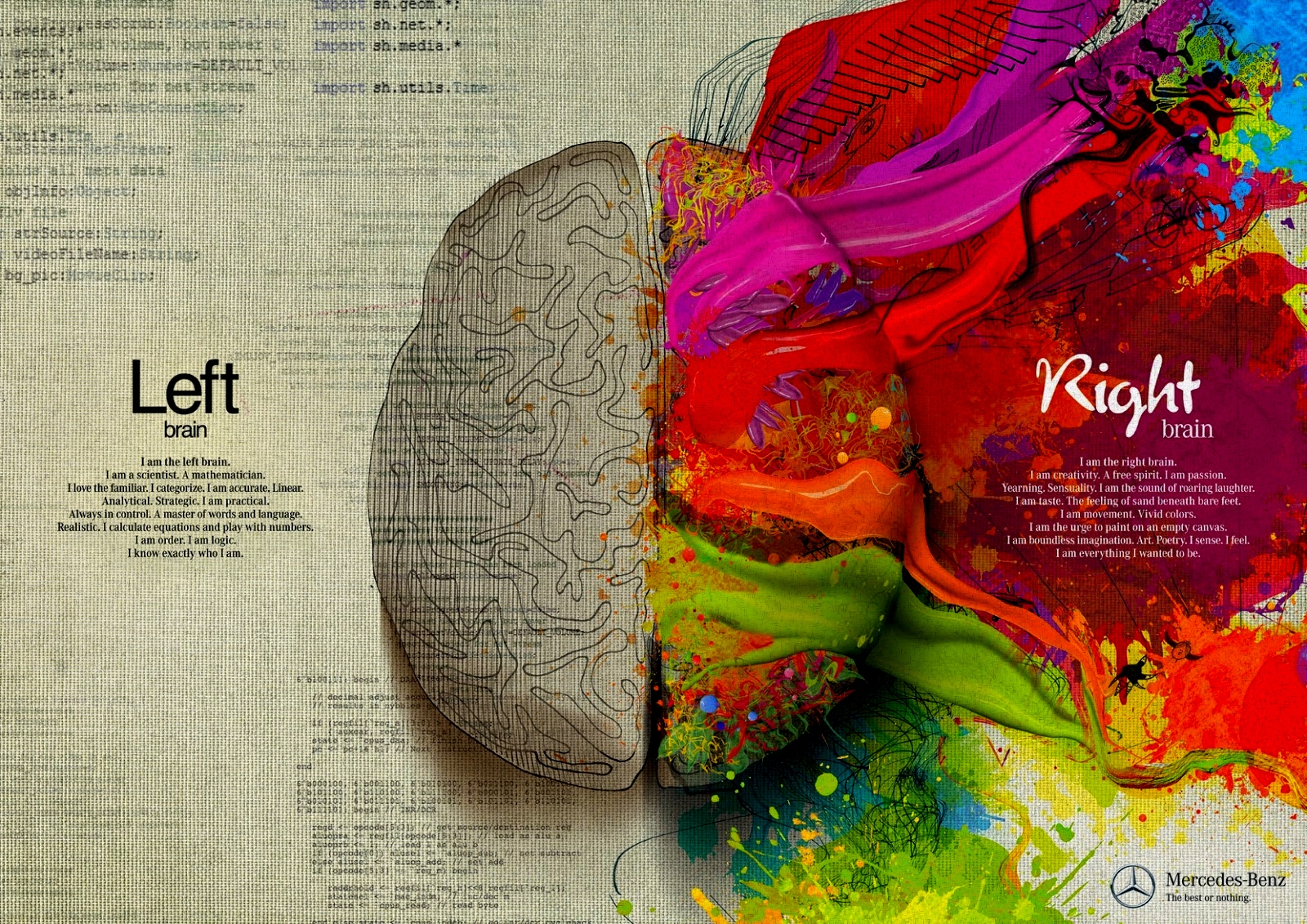Activated Charcoal: Just Another Non-Scientific Wellness Trend
If you follow “wellness” trends, you’ve probably seen claims or products promoting activated charcoal (i.e. carbon) as a method of “detoxifying” your body. Charcoal, which has been around for millennia as a non-toxic poison antidote, has recently become a mainstream health topic, thanks to influential bloggers and fad marketing. Just this year, the inaugural “50 Shades of Charcoal” food festival in San Francisco promoted the black substance as a method for “brightening your smile, rejuvenating your skin, and hampering your most hateful hangovers.”
Sounds like a magic cure? Unfortunately, most of the health claims about activated charcoal are not supported by scientific literature. The European Food Safety Authority recently analyzed many of those claims, and found little evidence either proving or disproving most of them. So how did activated charcoal become such a fad? As in so many cases, it’s probably due to non-scientists misinterpreting the science.
Charcoal is a negatively charged particle and works through a process called ADsorption, wherein positively charged toxins and chemicals bind to it and are prevented from being ABsorbed. With toxins bound to it, the charcoal then passes through your digestive system in stool. When charcoal is “activated” by being processed at a high temperature, its pores expand and create more surface area for the toxins to bind to, effectively increasing the “detoxifying” effects.
This makes activated charcoal the most common method of treating ingested poisons in the emergency room, and also an excellent air and water filter for removing organic contaminants. This is also likely where the misunderstanding with regard to “detoxifying” comes in. The human studies on activated charcoal are limited and focused on using it as a treatment for overdoses of drugs such as aspirin or antidepressants. Otherwise, it’s ineffective at adsorbing some of the most common poisons, including alcohol, so it won’t cure a hangover, and certainly isn't the best method to whiten your teeth (a 2017 review found no supporting evidence for that claim). The literature also shows that charcoal’s detoxifying effects decrease significantly within an hour as the body begins to digest a poison, leading me to ask -- how could charcoal work as an all-around detoxifying supplement if it only works on the toxins that are in your stomach when you take it?
Another claim is that activated charcoal can reduce gas and intestinal bloating, but more research is needed because the results are conflicting. The only science supporting this is based on studies conducted in the 1980's, which were poorly designed by failing to consider people’s diets outside of a lab environment, while one study from 1999 failed to find it as an effective treatment for intestinal gas. Anecdotally, my grandfather took charcoal tablets from the 1930's - 1960’s to treat “gas” per the recommendation of his doctors. Little did my grandfather (or his doctors) know back then, but taking those black pills every day resulted in severe constipation and no long-term relief of his stomach problems. Activated charcoal is now known to cause constipation, which makes sense given its adsorptive properties.
There are other convoluted claims about charcoal that I won’t detail here, but the takeaway is that unless you’ve been poisoned, have chronic kidney disease, or work around dangerous airborne toxins, activated charcoal is not going to help with your health. It might even harm you by interfering with the absorption of other medicines or supplements that you take by mouth, making your important medicines less effective. So while charcoal-colored ice cream is Instagram-worthy, there isn’t a scientifically valid reason to be using activated charcoal as a supplement unless you’ve discussed it with your medical professional.

